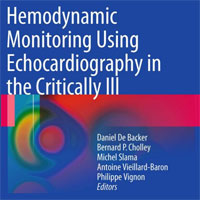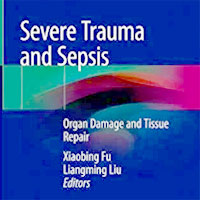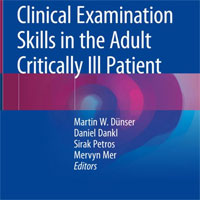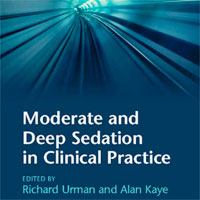
Data Sharing Statements for Clinical Trials
The International Committee of Medical Journal Editors (ICMJE) believes there is an ethical obligation to responsibly share data generated by interventional clinical trials because trial participants have put themselves at... read more

Critical care at the end of life: a population-level cohort study of cost and outcomes
Despite the high cost associated with ICU use at the end of life, very little is known at a population level about the characteristics of users and their end of life experience. In this study, our goal was to characterize... read more
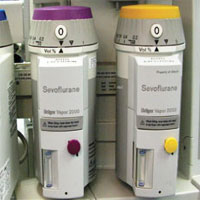
Sevoflurane for Sedation in Acute Respiratory Distress Syndrome. A Randomized Controlled Pilot Study
Sevoflurane improves gas exchange, and reduces alveolar edema and inflammation in preclinical studies of lung injury, but its therapeutic effects have never been investigated in acute respiratory distress syndrome (ARDS).... read more

ER Overcrowding Delays Sepsis Treatment
Prompt antibiotic initiation is associated with improved mortality in sepsis and septic shock. However, new research shows that patients with sepsis, a life-threatening complication of an infection, had delays approaching... read more

3 Reasons Many Nurses are Leaving the Profession
A 2017 study from RNnetwork, one of the largest, travel nursing companies in the country, shows nearly half of the nurses they surveyed are considering leaving the field altogether. RNnetwork provided an email poll to more... read more

Accuracy of Medical Claims for Identifying Cardiovascular and Bleeding Events After Myocardial Infarction
In this secondary analysis of a clinical trial of 12 365 patients with acute myocardial infarction, the cumulative 1-year event rates for myocardial infarction, stroke, and bleeding were lower when medical claims were used... read more

Personalised Medicine in Intensive Care
The specialty of intensive care medicine grew out of the realisation that critically ill patients needed more attention and specialised treatment than could be provided on a general ward, and that many of these patients had... read more

ICU Medicine Is a Team Sport
I am incredibly fortunate to work on a multidisciplinary team every day. The team includes respiratory therapists, nurses, nutritionists, attending physicians (APs), and advanced practice providers (APPs) (nurse practitioners... read more

ICU Admission for the Very Elderly: A Cost Analysis
Considering the poor clinical outcomes, and that many intensive care unit (ICU) admissions may be undesired by very elderly patients (aged 80 or older), ICU costs in this population are substantial, according to a new study... read more
WHA Adopts Resolution on Sepsis
World Health Assembly and the World Health Organization made sepsis a global health priority, by adopting a resolution to improve, prevent, diagnose, and manage sepsis. This marks a quantum leap in the global fight against... read more

Clinical Implications of Sarcopenia on Decreased Bone Density in Men With COPD
Sarcopenia and osteoporosis are systemic features of COPD. The present study investigated the association between sarcopenia and osteopenia/osteoporosis and the factors associated with low bone mineral density (BMD) in men... read more

What emotions are doctors allowed to feel?
As a medical professional, struggle between feeling too much and feeling too little is constant. Feelings are a double edged sword in medicine - many times they can shake you or beat you down. After two years, I know this:... read more
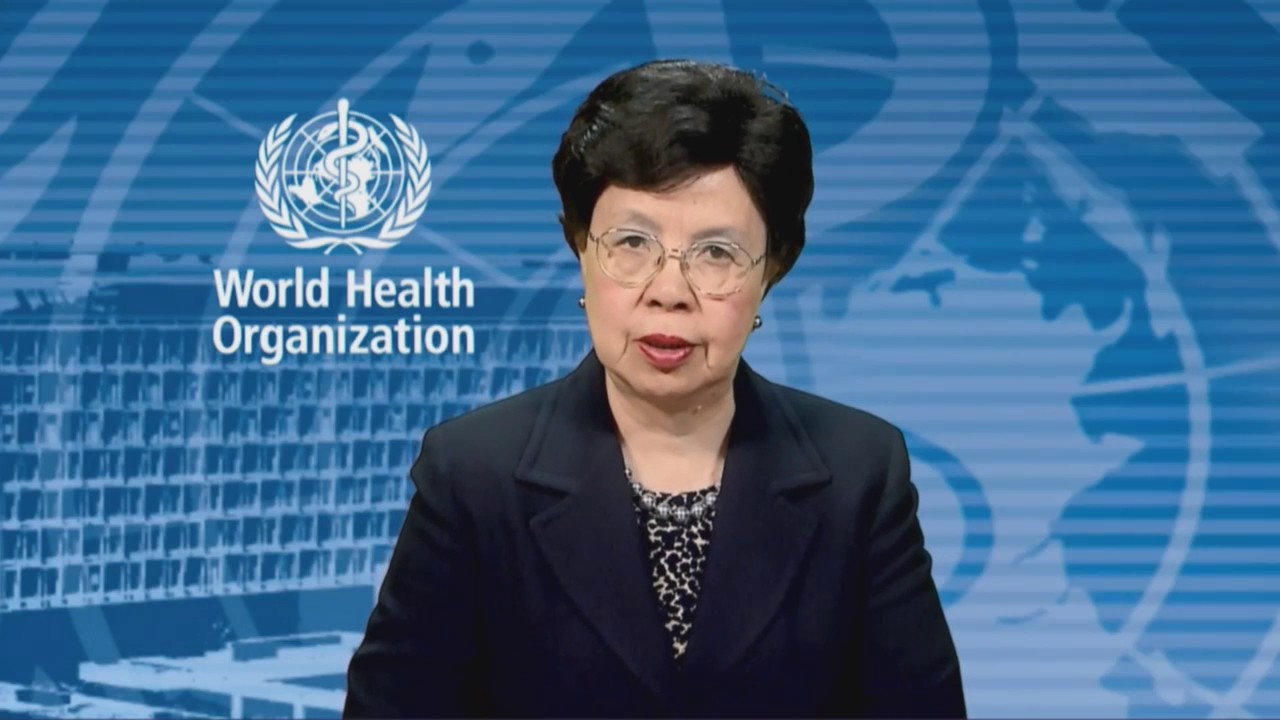
Addressing Sepsis – Video Recap of the WHA Side Event on Sepsis
On the occasion of the World Health Assembly passing a resolution on sepsis, the Global Sepsis Alliance, IAPO, and the German Federal Ministry of Health have hosted the "WHA Side Event on Sepsis" in Geneva on May... read more
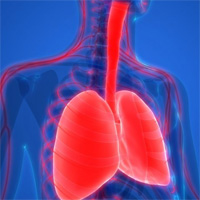
Using Ventilator to Control Oxygen May Be COPD Game-changer
Using a ventilator to control the level of supplemental oxygen a chronic obstructive pulmonary disease (COPD) patient receives halved patients' trips to the hospital from disease flare-ups, according to a clinical trial. British... read more
Wireless ICM Captures Vital Information
The world's first smartphone-enabled, insertable cardiac monitor (ICM) provides powerful data to help monitor irregular heartbeats, unexplained syncope, palpitations and suspected atrial fibrillation (AF).... read more
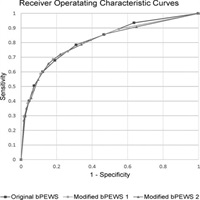
Integration of Single-Center Data-Driven Vital Sign Parameters into a Modified Pediatric Early Warning System
Pediatric early warning systems using expert-derived vital sign parameters demonstrate limited sensitivity and specificity in identifying deterioration. We hypothesized that modified tools using data-driven vital sign parameters... read more

Association Between US Hospital Teaching Status and Mortality
In an observational study of approximately 21 million hospitalizations of Medicare beneficiaries, adjusted 30-day mortality rates were significantly lower at 250 major teaching hospitals compared with 894 minor teaching and... read more


